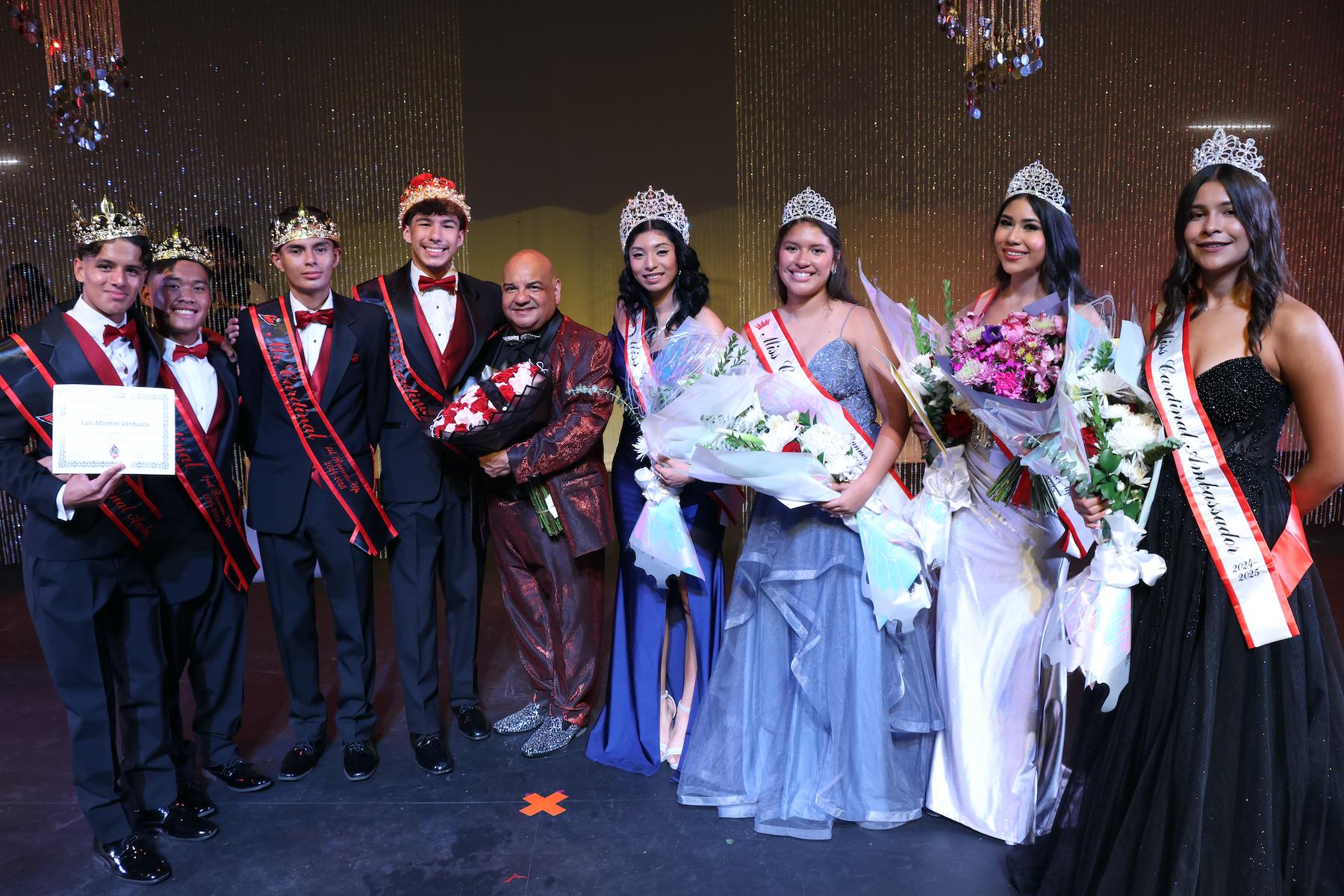FROM THE PERSPECTIVE OF CARE PROVIDERS AND EXPERTS
(Part 1 of 2)
LOS ANGELES – In the United States, health care for the elders has always been and will always be an important topic.
Whether it is discussed in within the context of the federal and state governments, or if it is talked about at the community or domestic levels, elderly health care is a paramount topic — especially among communities of color.
Diverse attitudes
In spite of their seemingly innate urge to care for their elderly, communities of color have very diverse attitudes about dealing with their ailing elderly, and about end-of-life situations.
In a study about Californians’ attitudes and experiences on death and dying, it was found that only 31 percent of Hispanics; 33 percent of Asians; 41 percent of African Americans and 51 percent of Caucasians talk about end-of-life wishes.
Filipino American Service Group Inc. (FASGI) Executive Director Susan Dilkes said that in her organization’s work, she observed that only a low number of Filipinos talk about end-of-life care plans with their elders.
This could be linked to their customs and cultural upbringing, Dilkes said. She explained that for Filipinos, it uncomfortable to talk about end-of-life, palliative care, and hospice care because they highly value the act of providing first-hand personal care for their elders.
In fact, to address this phenomenon, FASGI offers Home Health Care seminars to educate family members on the proper practices and methods of caring for their sick loved ones at home.
Virginia Jackson, Chief Chaplain of the Palliative Care Clinic at VA Palo Alto Medical Center, said that among African American families, there are those who have strong relationships with one another and find it difficult to talk about their end-of-life plans.
“Some just don’t want to talk about the inevitable,” Jackson wrote in her article, Patients and the Family Experience: Focusing on the African American Culture.
“The fact that it stirs up history and pain too much for them to bear, perpetuates unpreparedness to handle end-of-life matters,” she added.
Jackson cited a 2012 study on African American seniors’ perspectives on advanced care planning.
The data revealed that discussing advanced care stirs issues like trust, fear, relationships, lack of information or knowledge, procrastination, cultural uprooting, deterioration of family or community, past discrimination experience, and religion.
Palliative and hospice care
One of the themes, which arise in the discussion of advance-care planning at the end-of-life, is the lack of information or knowledge.
Aurora Cudal, a prominent Filipino-American journalist and health care educator, has personally experienced having a family member undergo palliative and hospice care.
She said that there are very few Filipino patients enrolled in the care programs because most family members “really don’t know the process involved” in palliative and hospice care.
“They prefer to take care of their loved ones [on their own], than to give them to someone whom they don’t know,” Cudal said about the Filipino mindset about palliative and hospice care.
Palliative care (which includes hospice for terminally-ill patients but is broader) deals with managing pain and symptoms which arise from serious or terminal illness. It also includes communication and social work with the patient and the family, to ease any psychological or spiritual distress that they may encounter during the process.
According to Dr. VJ Periyakoil of the Stanford Palliative Care Education & Training Program and the Stanford Hospice & Palliative Medicine Fellowship Program, palliative medicine is also relevant to patients who are not necessarily dying, such as very ill patients who are diagnosed with cancer or heart disease, but who may still have years of life ahead of them. Periyakoil said that the science of palliative medicine “applies across the board,” starting when the patient has any kind of pain and severe non-pain symptoms.
Meanwhile, hospice care is a subsection of palliative medicine where in-facility or in-home care is given to patients with terminal illnesses who are at the last six months or less of their lives.
“The objective of Hospice is comfort care,” explained Josie Jones of Admiral Hospice Care Inc., “Providing quality-of-life on the remaining time of [the patient’s] life.”
Filipinos under Palliative and Hospice Care
Dilkes strongly suggests that Filipino families seriously consider Palliative Care enrollment for their ailing elders because of two major reasons.
First, the program would greatly reduce the burden on the family because they can continue with their daily lives, knowing that their loved ones are being cared for by trained professionals.
Second, in the hands of these trained professionals, family members are assured that their elderly are given the most appropriate and best care possible for pain relief and symptom management.
According to Jones, the number of Filipno patients enrolled in hospice care hasn’t reached a number that can be considered “decent.”
She said that many are unprepared, unfamiliar with the services, or simply “just [being] in denial.”
“There is a need for nationwide awareness and education about end-of-life care,” Jones said.
Jones said that financial constraints or costs should not be an issue because hospice can be covered by Medicare, MediCal, and other indigent insurance coverage plans.
“We’ve seen all patients who have lived a quality life on their last years, months, days because of comfort, respect, and living life at the comfort of their own home,” Jones said.
“They all said… ‘I wish I’ve been in hospice sooner because of [the comfort] of being pain-free.’”
(Mico Letargo wrote this article through a New America Media Palliative Care Fellowship, sponsored by the California Health Care Foundation.)
(www.asianjournal.com)
(LA Midweek September 11, 2013 Sec A pg.4)


